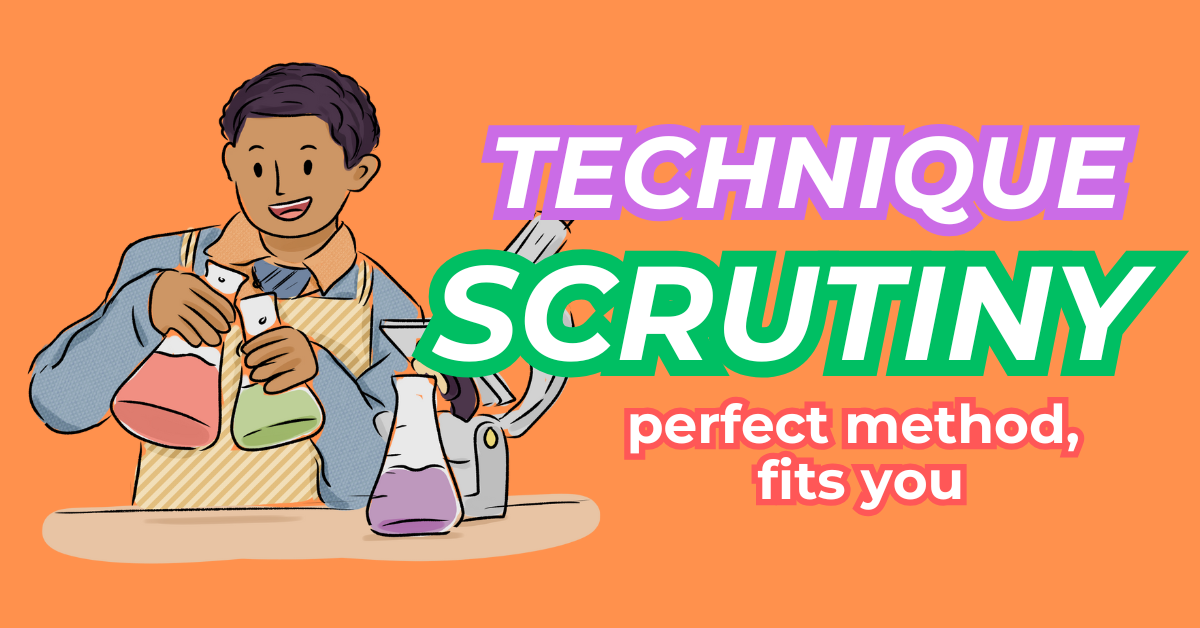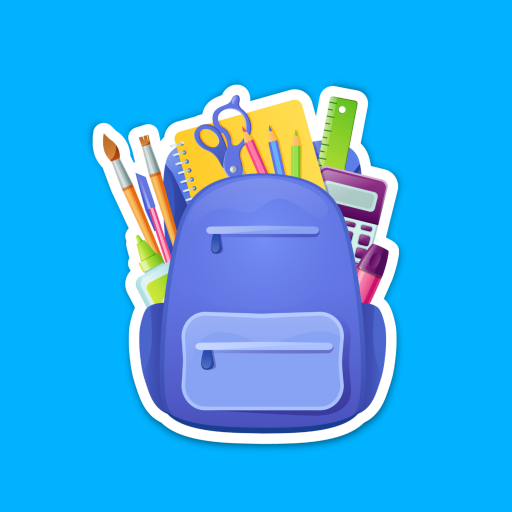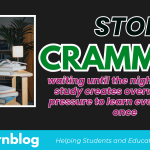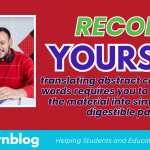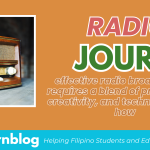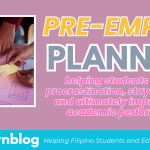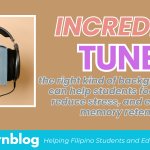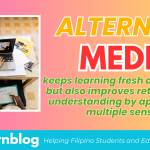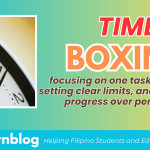Finding the perfect method that perfectly fits your style instantly turns you into a great student, that is why it is important to experiment with study techniques.
Table of Contents
Every Student is Special
In the pursuit of knowledge, one size does not fit all. Each individual has a unique learning style, and what works for one person might not work for another.
The key to effective learning lies in understanding and experimenting with different techniques to find what resonates best with your style.
By exploring various strategies and approaches, you can enhance your ability to absorb, retain, and apply new information.
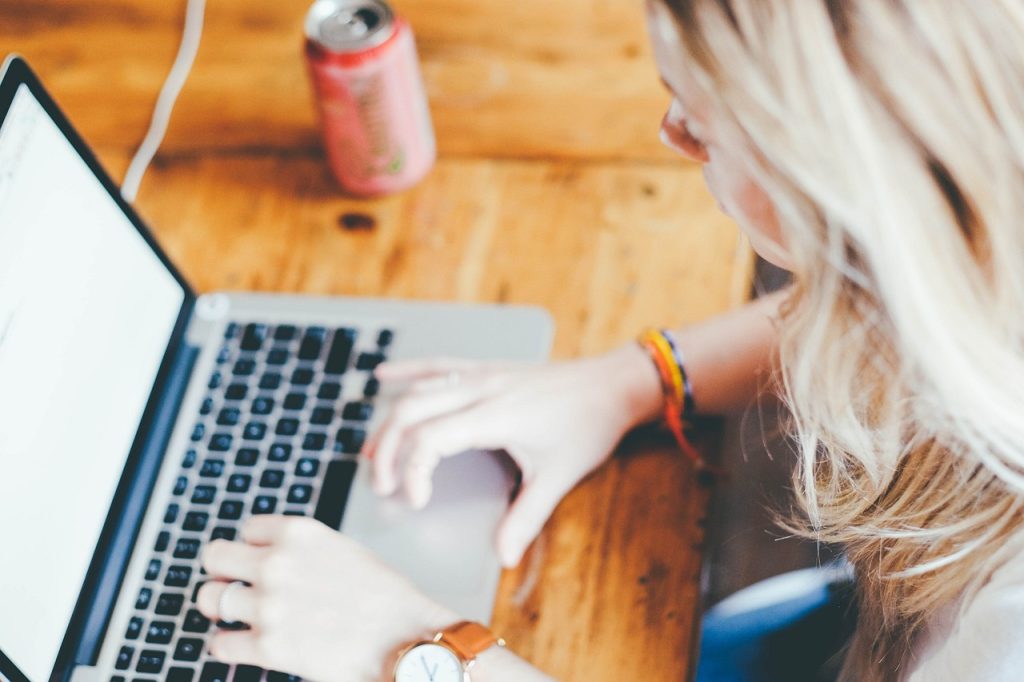
The different learning styles
Everyone processes information differently, and the concept of learning styles has become a cornerstone in educational psychology.
Commonly recognized styles include visual, auditory, kinesthetic, and reading/writing preferences. Visual learners benefit from diagrams, charts, and imagery, while auditory learners thrive in environments where they can listen to lectures or podcasts.
Kinesthetic learners, on the other hand, often prefer hands-on activities and physical engagement, and reading/writing learners excel with written content, notes, and reflective writing.
Experiment with Study Techniques
The first step in finding the right learning technique is to experiment. Try different methods to see which one helps you absorb information most effectively.
For example, if you’re studying for a test, you might begin by reading your textbook, but then experiment with watching video lectures or creating flashcards.
You might find that certain topics are better understood through visual aids, while others require hands-on practice to truly grasp.
Active Learning
One powerful technique is active learning, which involves engaging directly with the material instead of passively reading or listening.
This could include summarizing what you’ve learned, teaching the material to someone else, or applying the knowledge in real-world scenarios.
Active learning not only deepens your understanding but also helps reinforce the material in your memory.
Spaced Repetition
Another valuable method is spaced repetition, which involves reviewing information at increasing intervals over time.
This technique is particularly effective for long-term retention and can be applied using digital tools like Anki or even traditional flashcards.
Spacing out your study sessions prevents cramming and enhances your ability to recall information when you need it most.

Other learning techniques to experiment with
If you’re a visual learner, experimenting with mind maps or flowcharts can help you organize and connect ideas. Drawing diagrams or sketching concepts on paper can make abstract concepts easier to understand and remember.
For auditory learners, recording your notes and listening to them later, or discussing topics with peers in study groups, can aid in processing and retaining information.
Kinesthetic learners can benefit from interactive learning, such as building models, conducting experiments, or even using gestures to represent concepts.
Moving around and incorporating physical activity into learning can boost focus and comprehension for those who learn best by doing.
The right environment
In addition to these techniques, finding the right environment can make a significant difference in how well you learn.
Some people need quiet, solitary spaces to concentrate, while others may prefer the hum of background noise in a coffee shop.
Understanding how your environment impacts your focus and motivation is crucial to optimizing your study sessions.
It’s also essential to recognize that learning styles can evolve over time. What works well for you in one context might change as you encounter different subjects or challenges.
For example, you might find that you rely more on visual aids when learning a new language, but prefer auditory methods when studying history.
Adapting your strategies to the subject at hand is an important part of the learning process.
Develop a personalized learning approach
Ultimately, the goal is to develop a personalized learning approach that suits your strengths and helps you overcome any challenges you may face.
This doesn’t mean you have to abandon all traditional study methods, but rather, you should diversify your techniques and explore new ways of learning.
By combining different strategies, you can maximize your learning potential and achieve more in less time.
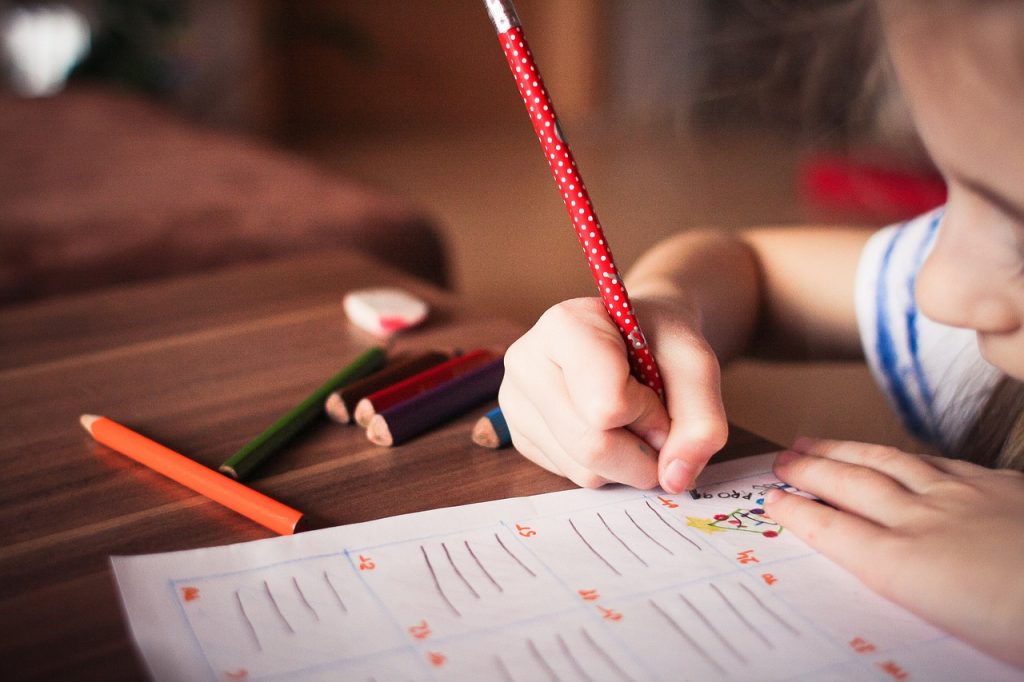
Conclusion
In conclusion, learning is not a one-dimensional experience, and experimenting with different techniques is the key to discovering what works best for you.
Whether you are a visual, auditory, kinesthetic, or reading/writing learner, there are countless methods to explore.
By embracing trial and error, staying open-minded, and adapting your strategies as you go, you’ll be better equipped to master new concepts and unlock your full learning potential.
